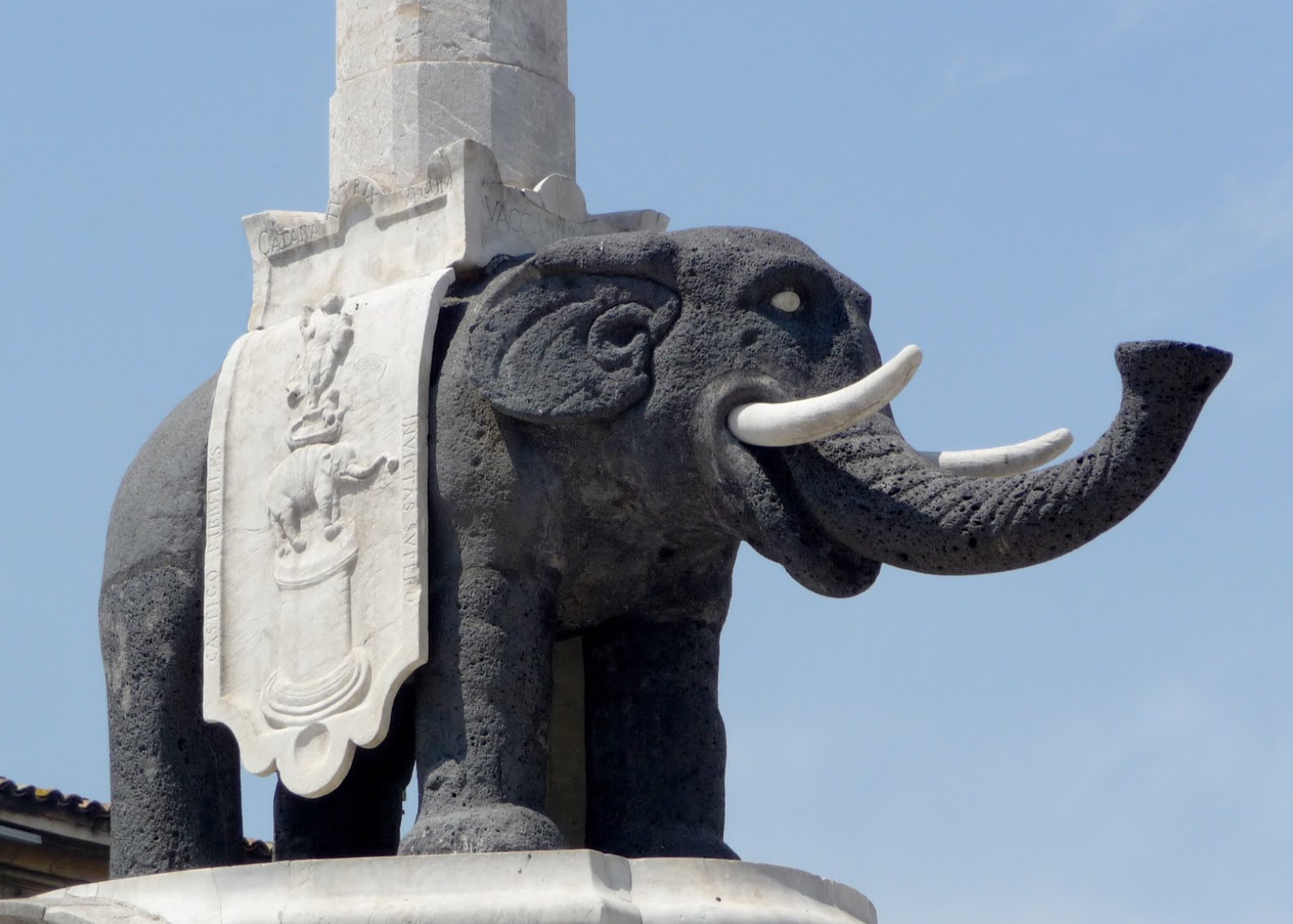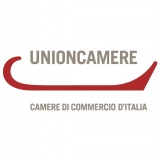
Etna basalt, which is dark grey or blackish in colour, is formed by the slow solidification of the volcanic lava flows as they cool. It is a natural product that is extracted in all the municipalities of the province of Catania within reach of the lava.
The ancient Romans already knew the characteristics of this special stone, which is particularly resistant to wear, and used it for the construction of roads. The city of Catania was severely damaged by the great Sicilian earthquake of 1693.
In its aftermath, the architect Vaccarini came to the city with the task of rebuilding it, and gave its buildings their Roman Baroque style. Vaccarini made use of the local lava stone as a decorative element rather than for structural use, using it in balanced contrast with other materials. One famous example of Vaccarini’s use of lava rock is his obelisk, which stands on the back of an Elephant, the symbol of Catania.
The product
The Lava Basalt of Etna has been used for millennia as an ornamental stone and an urban building and decorative material. Its physical and mechanical characteristics make it an incomparable material for the production of artefacts used in the paving of streets or squares, in the decoration of buildings and in interior furnishings.
The experience gained in working the stone, together with the contribution of technological innovation, has led to great development of the product over the past forty years, while managing to preserve the quality of the craftsmanship.
Flagstones, kerbstones, and slabs of various shapes and sizes are initially semi-finished with the convenience of machines and then hand-finished by skilled craftsmen. Lava basalt has now also found new and more advanced forms of use through the process of ceramisation, with which floors and wall coverings of supreme beauty and quality can be created.
The local area
Etna has been recently listed as UNESCO World Heritage and is defined as “one of the world’s most active and iconic volcanoes”. Basalt blocks for the stone work and decoration industry are mined here at the foot of Europe’s tallest active volcano.
The Etna Lava Stone Production District has also resolved, through its own bodies and the cooperation of its members, to conduct constant monitoring to effectively combat unlicensed operators, who disfigure the territory and discredit the local manufacturing sector.
By Camera di Commercio di Catania with Unioncamere



